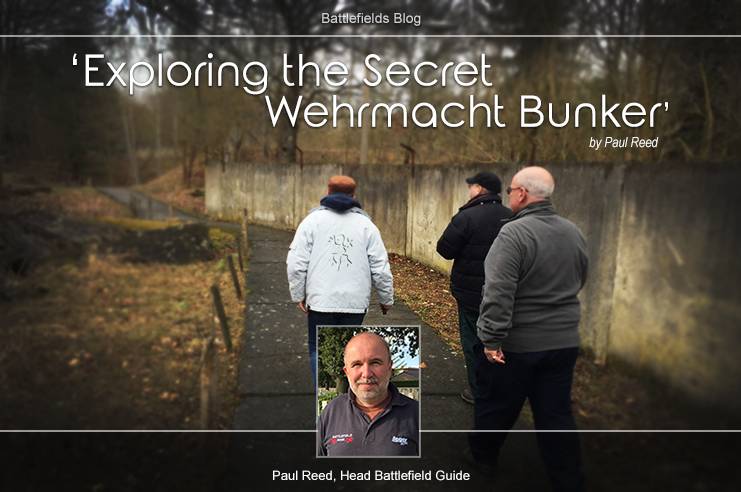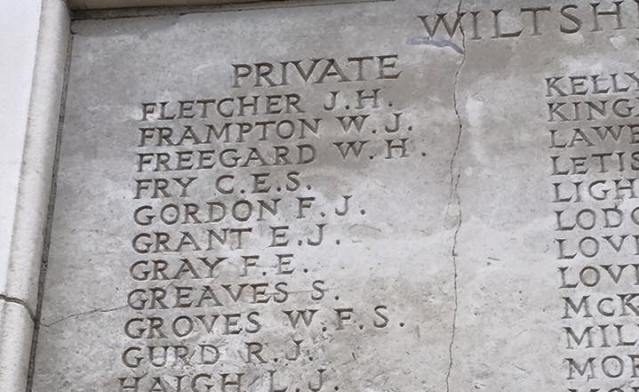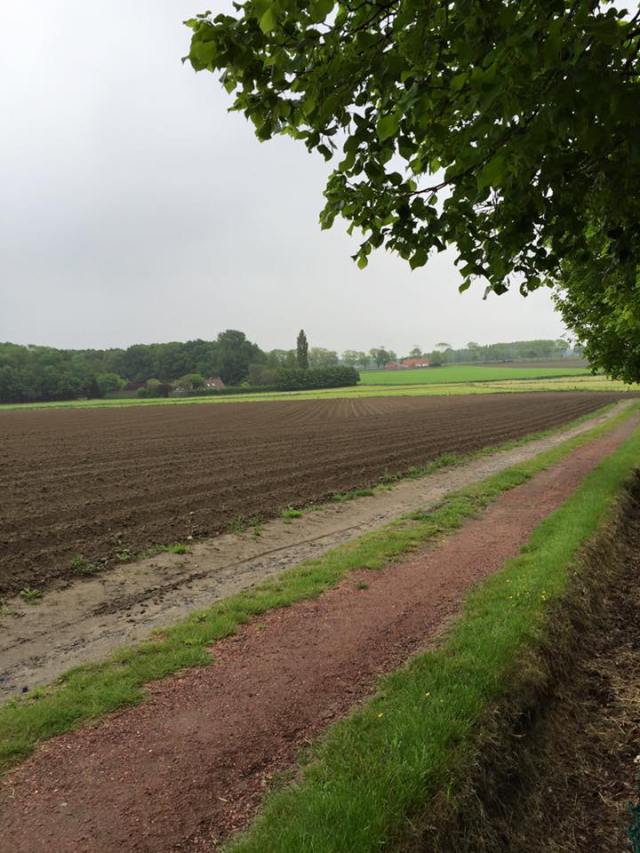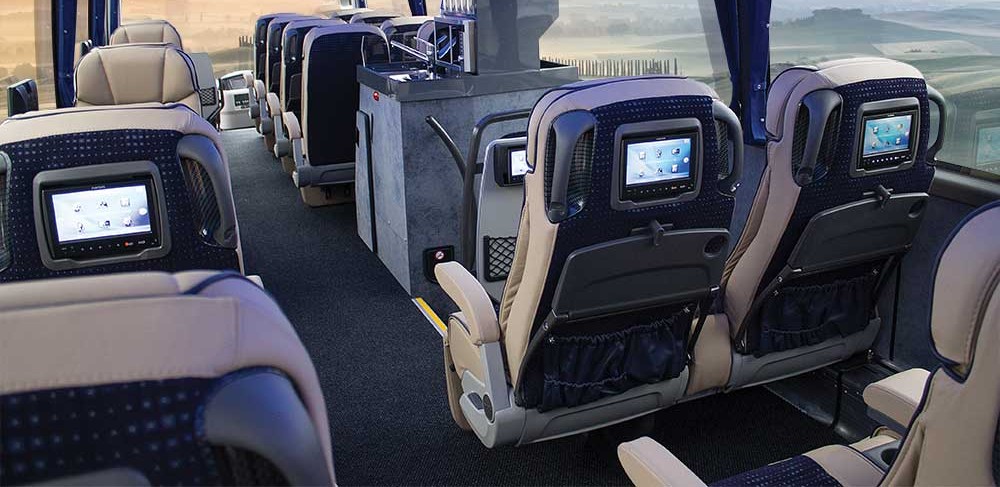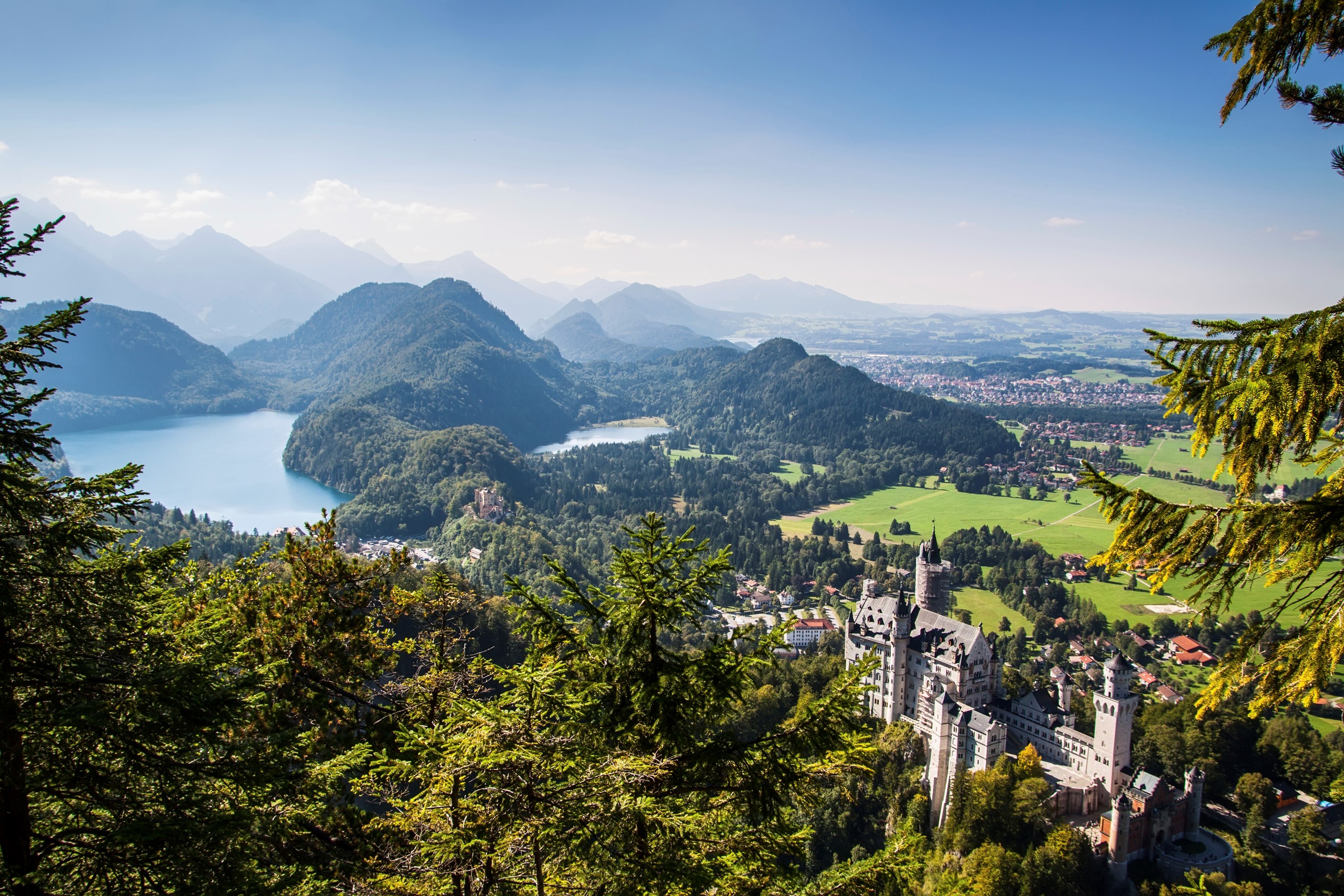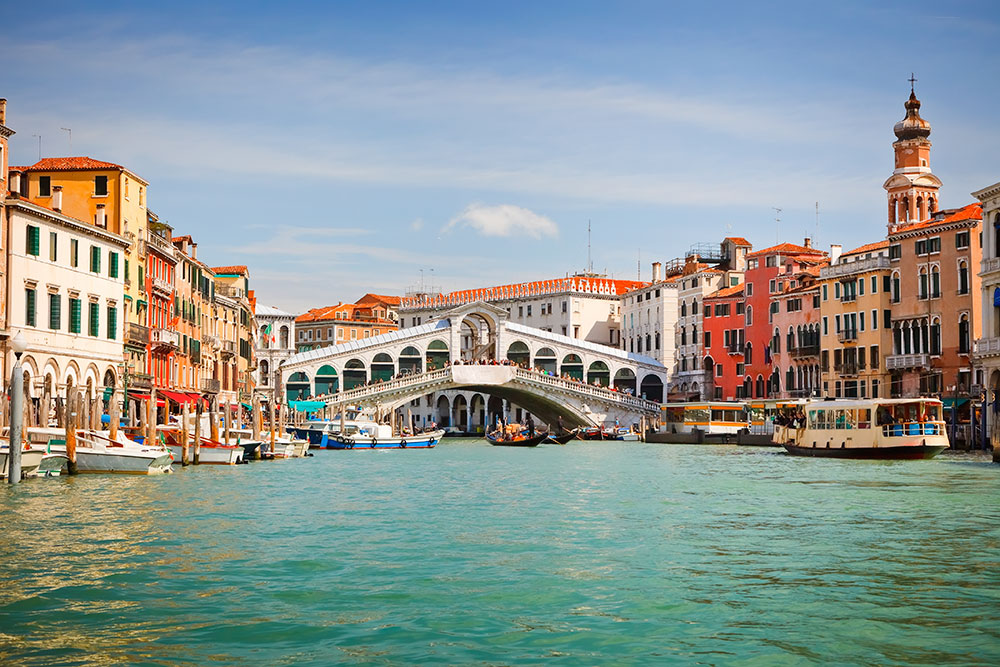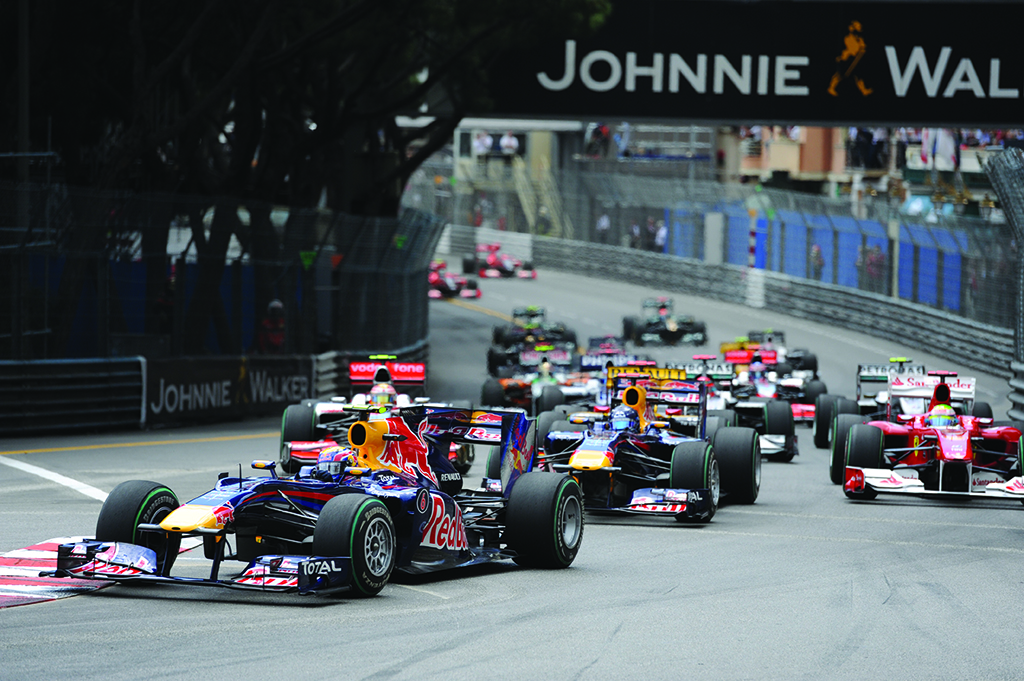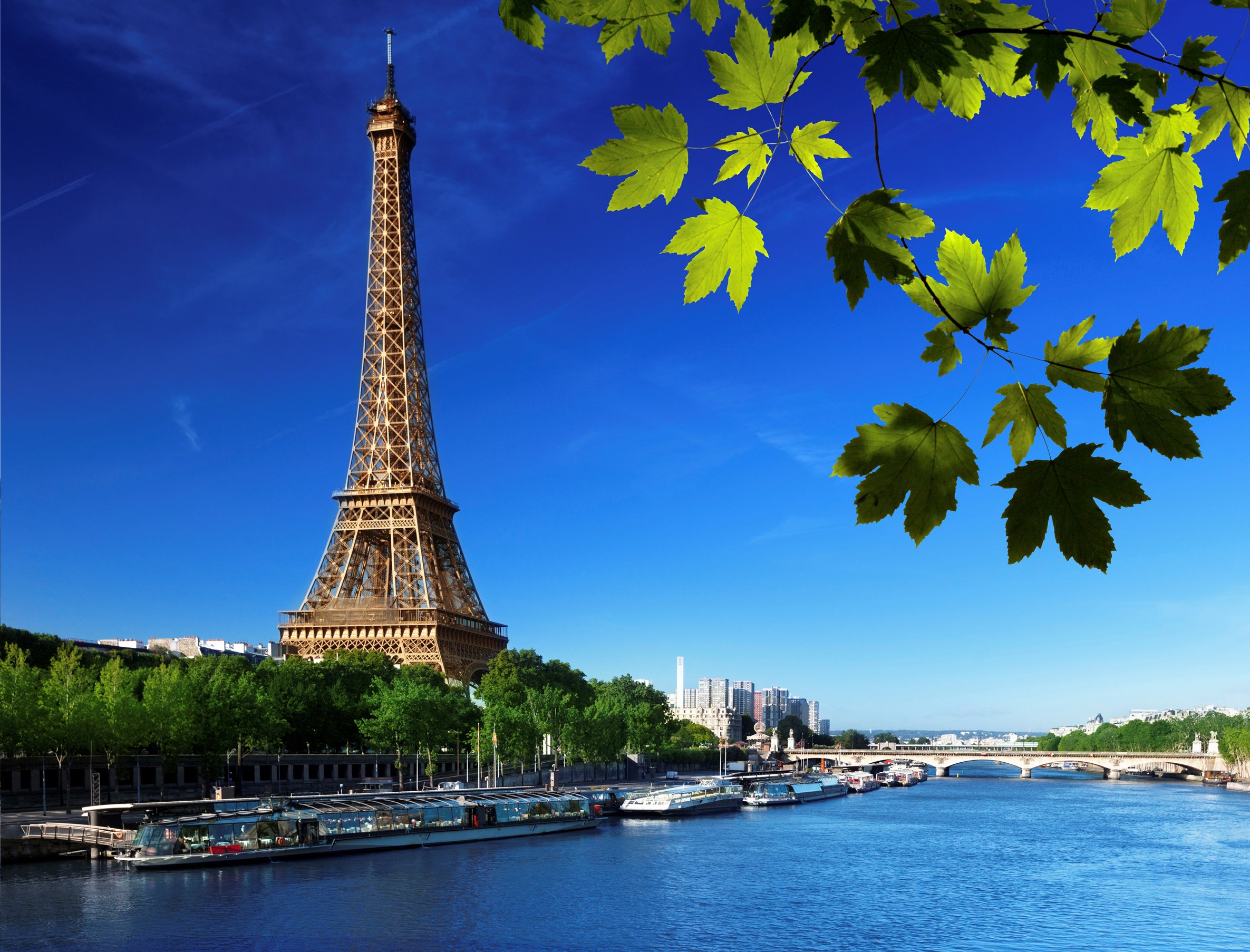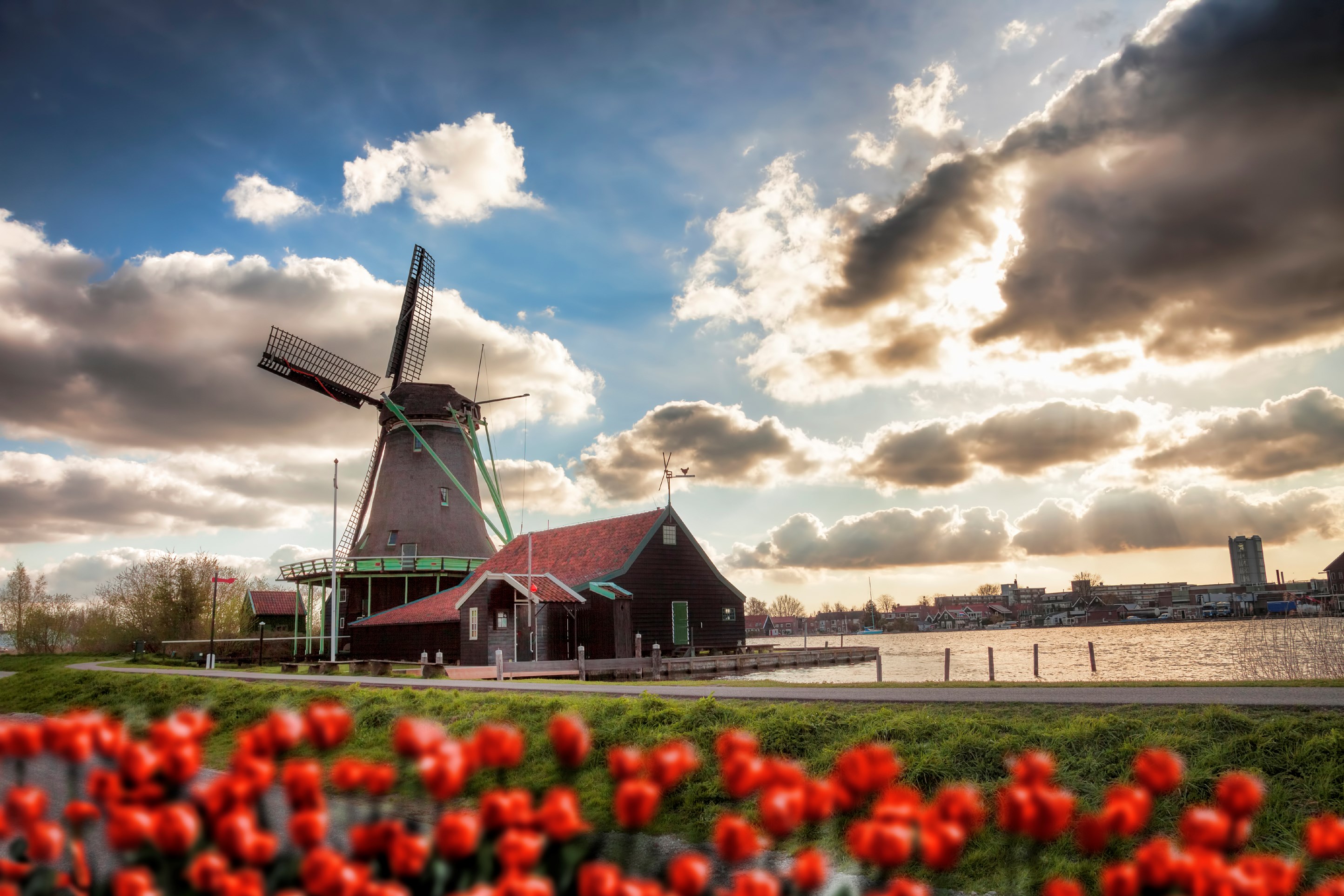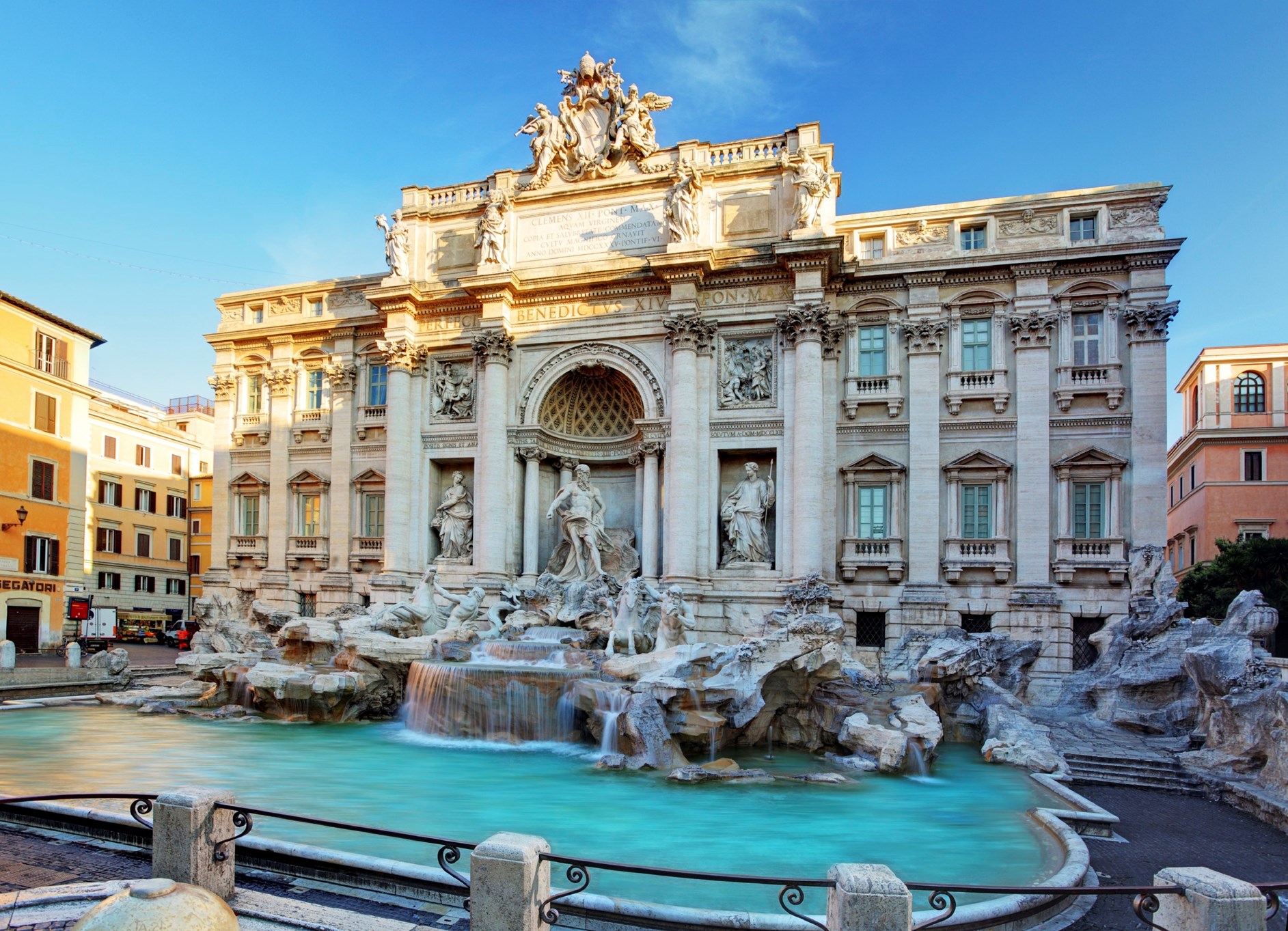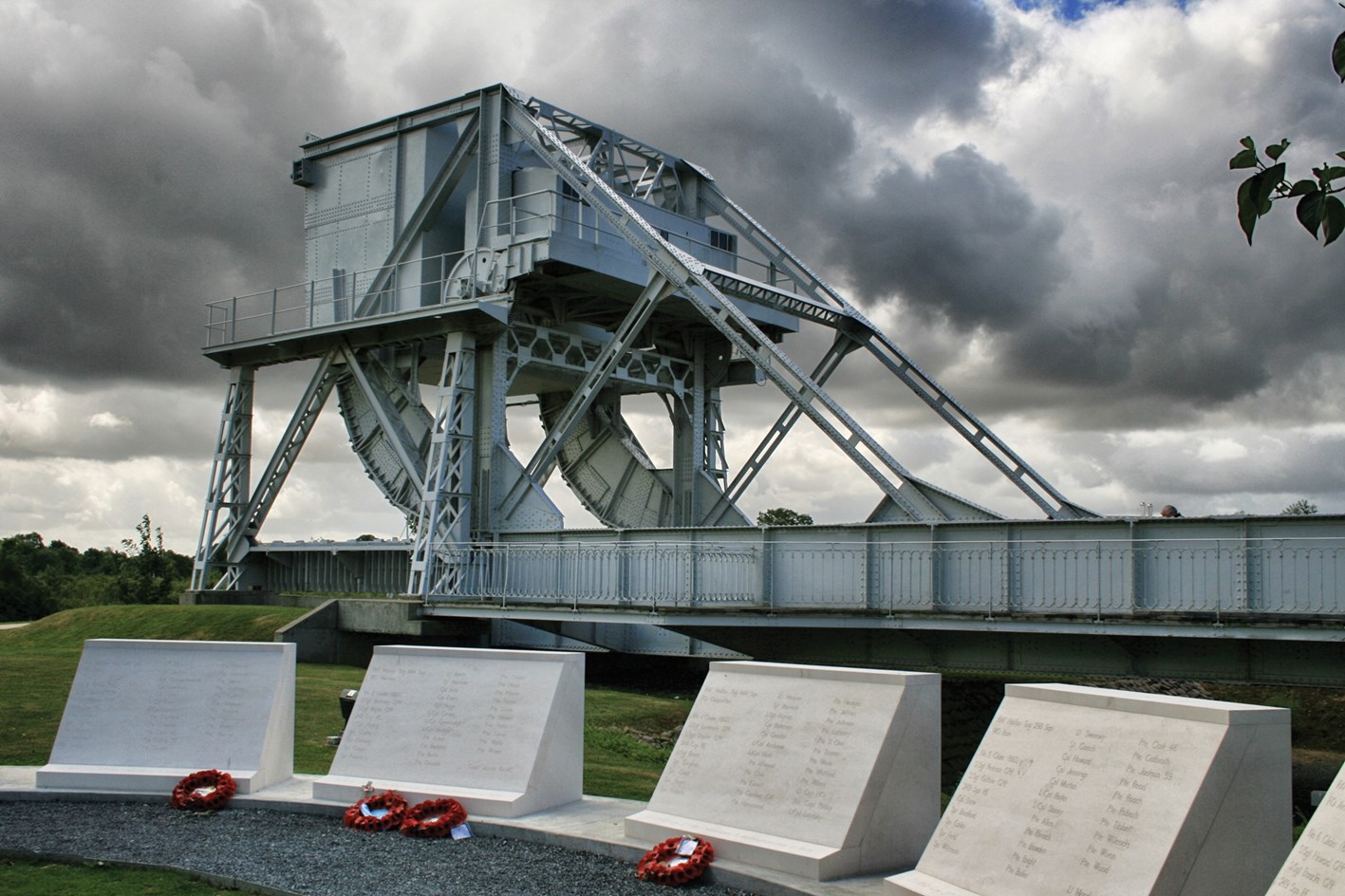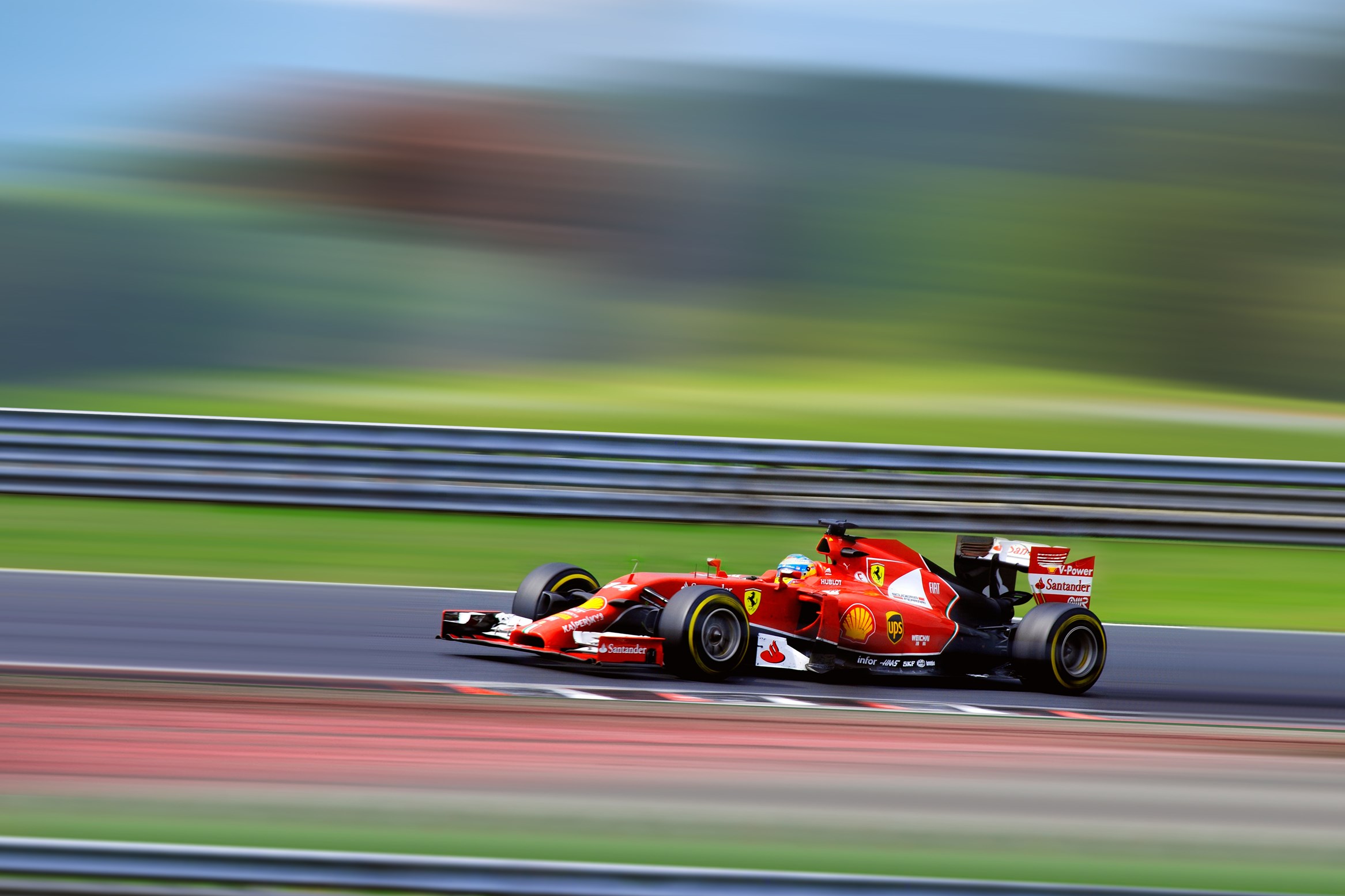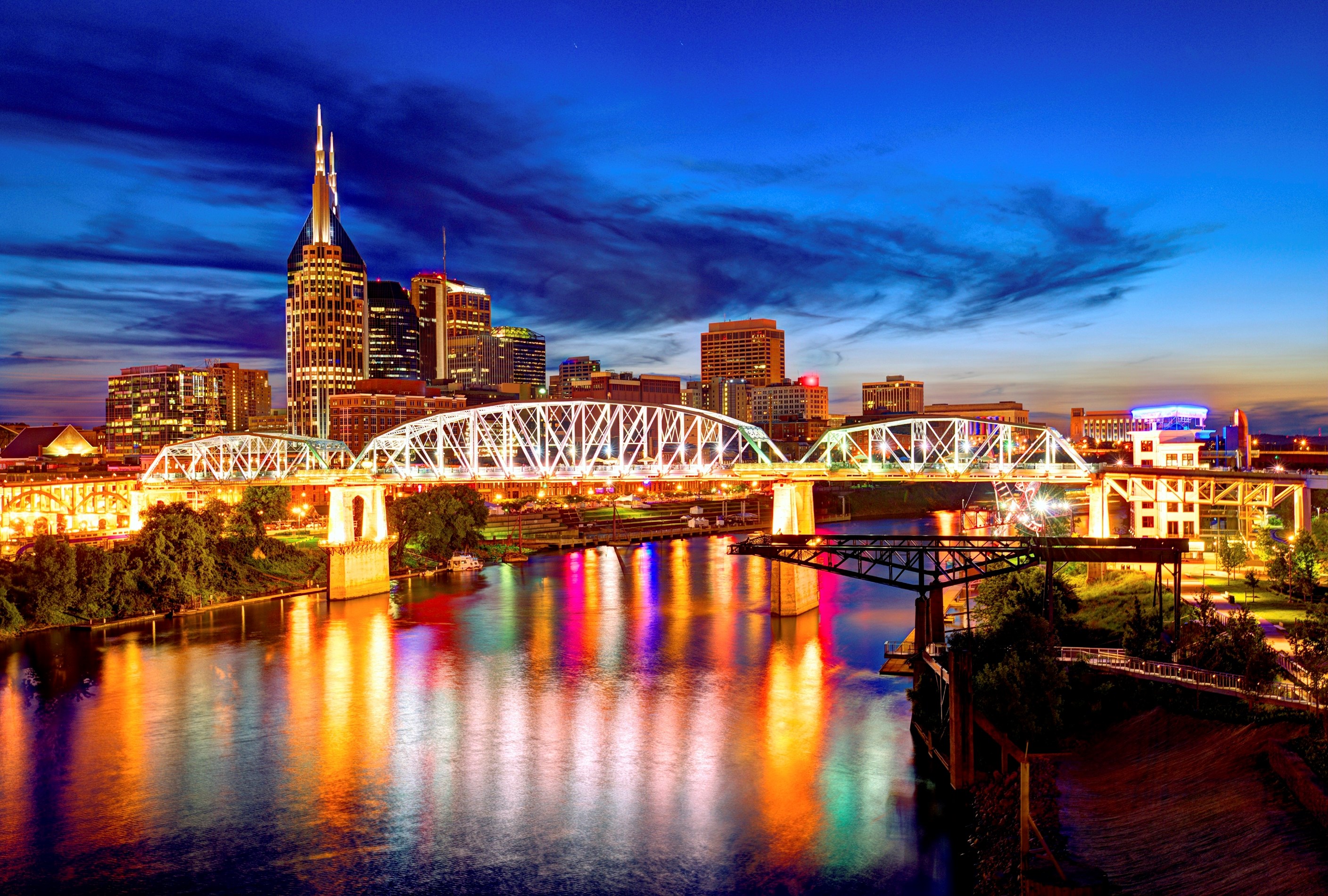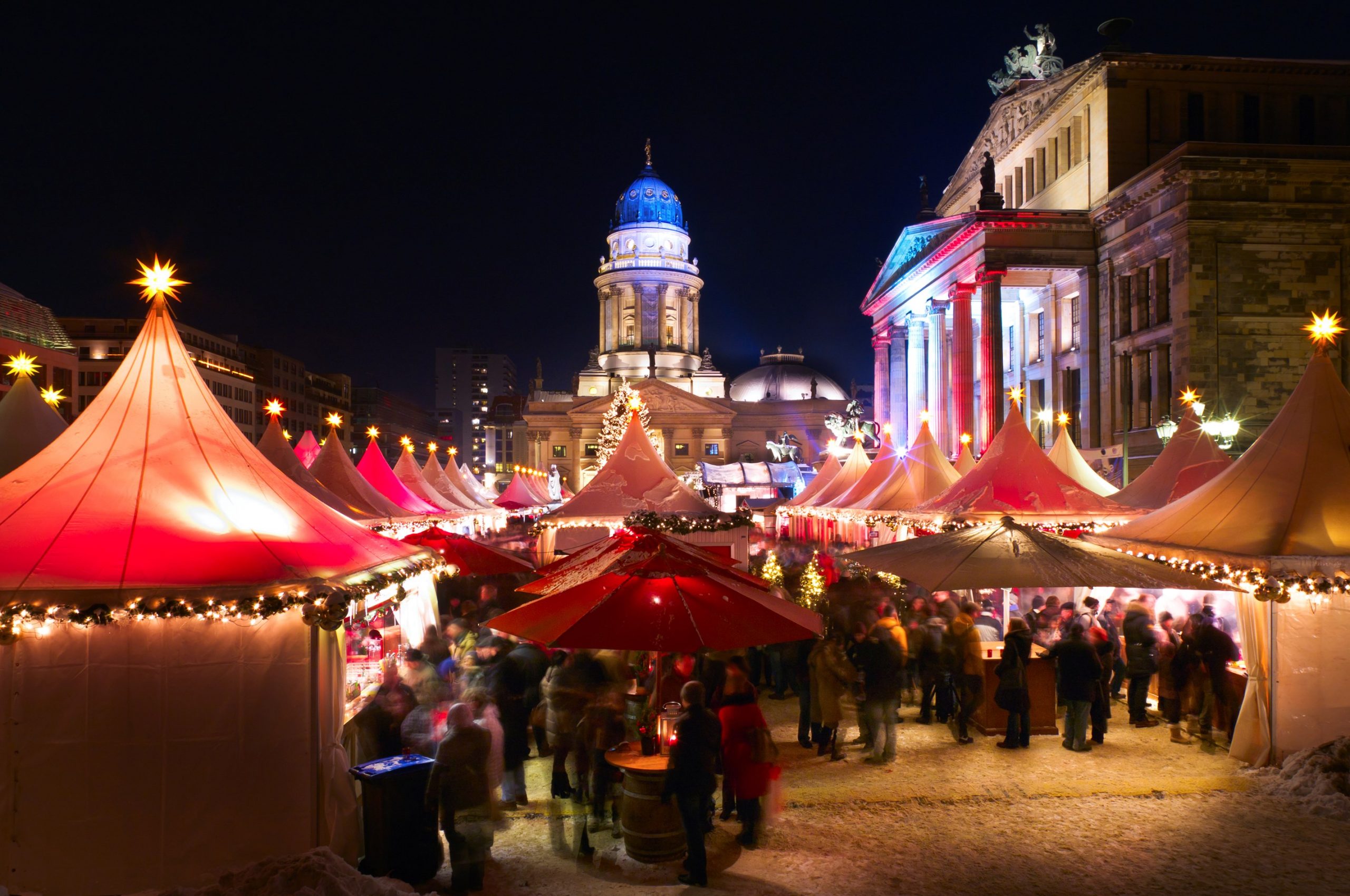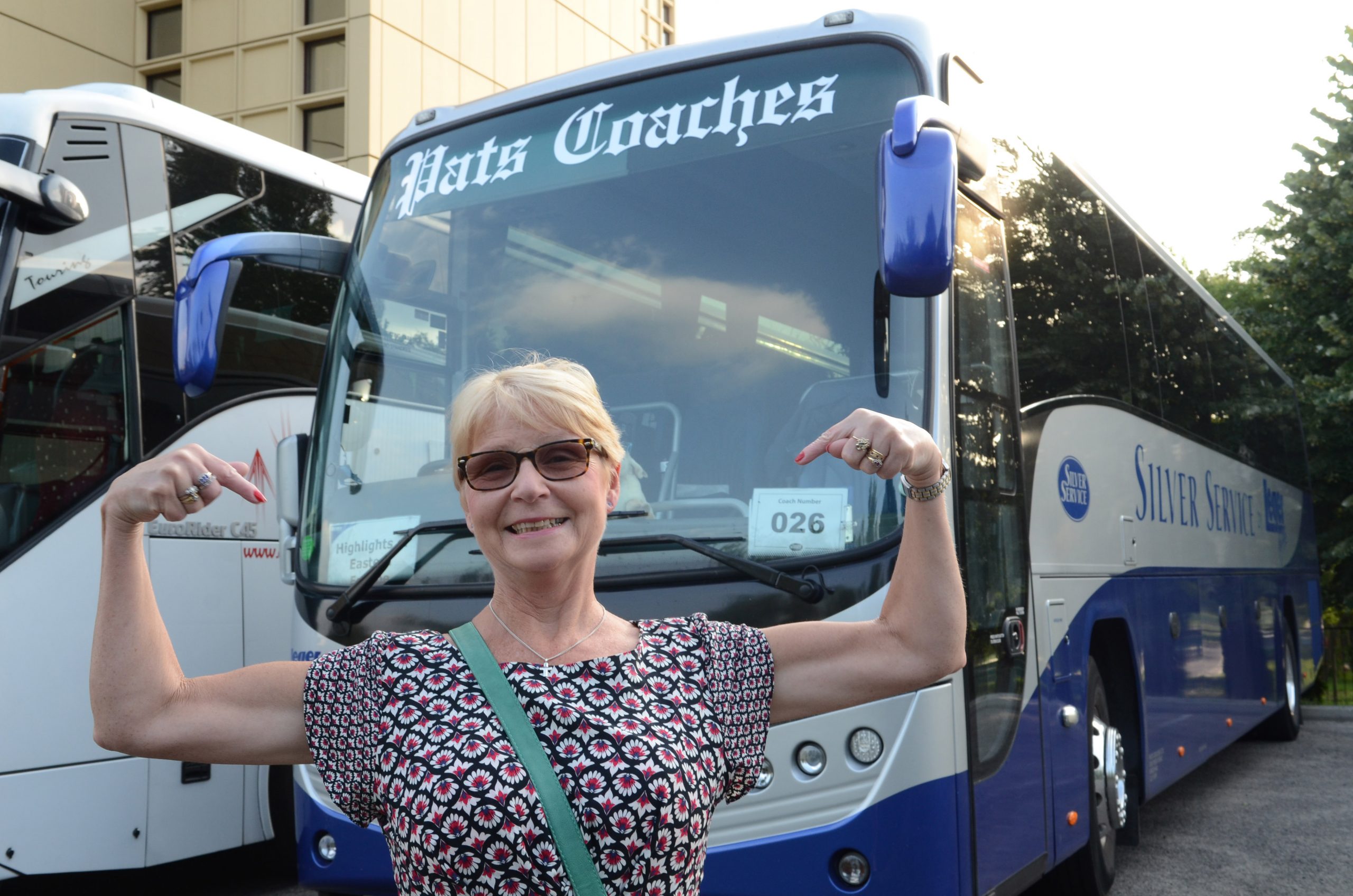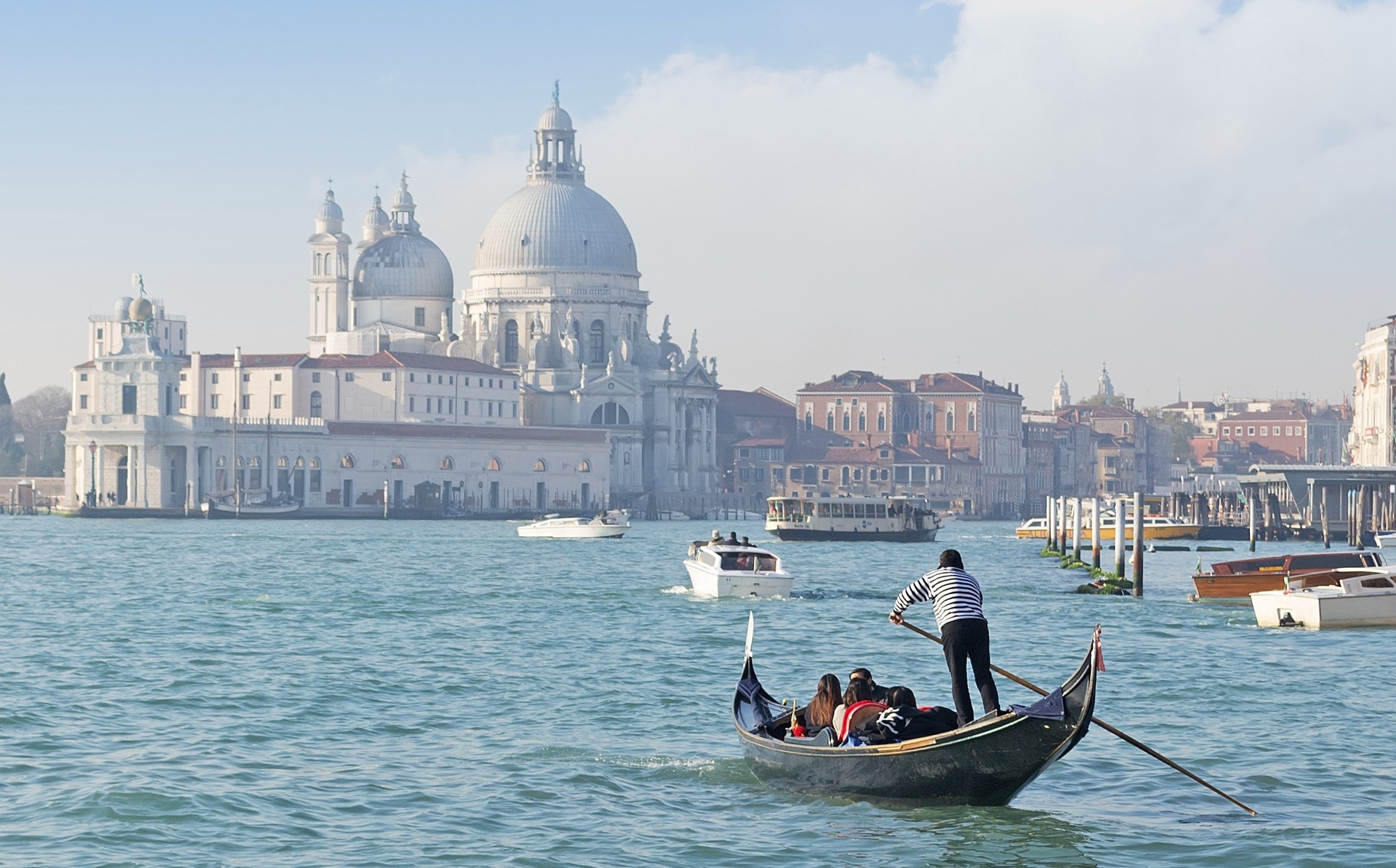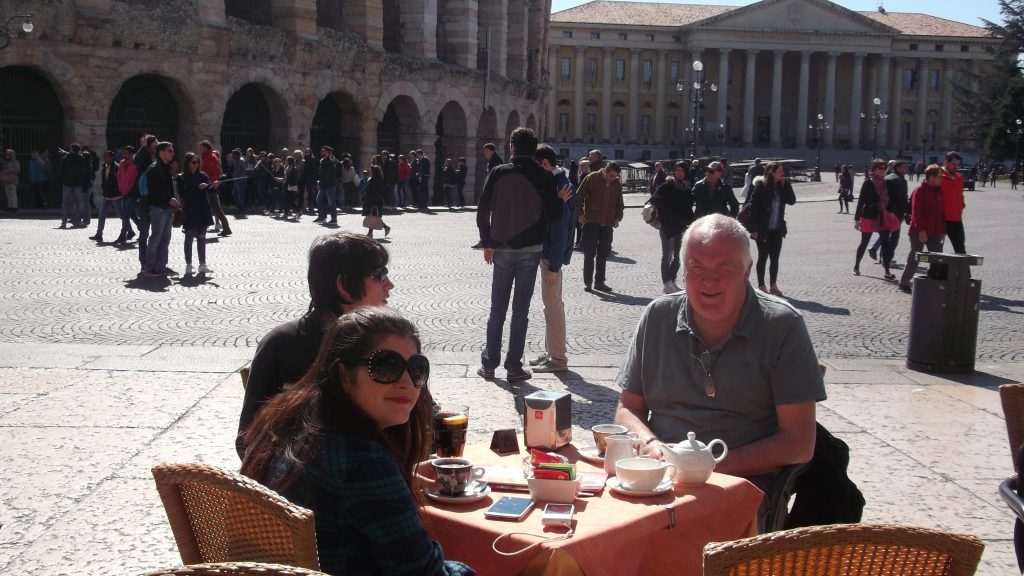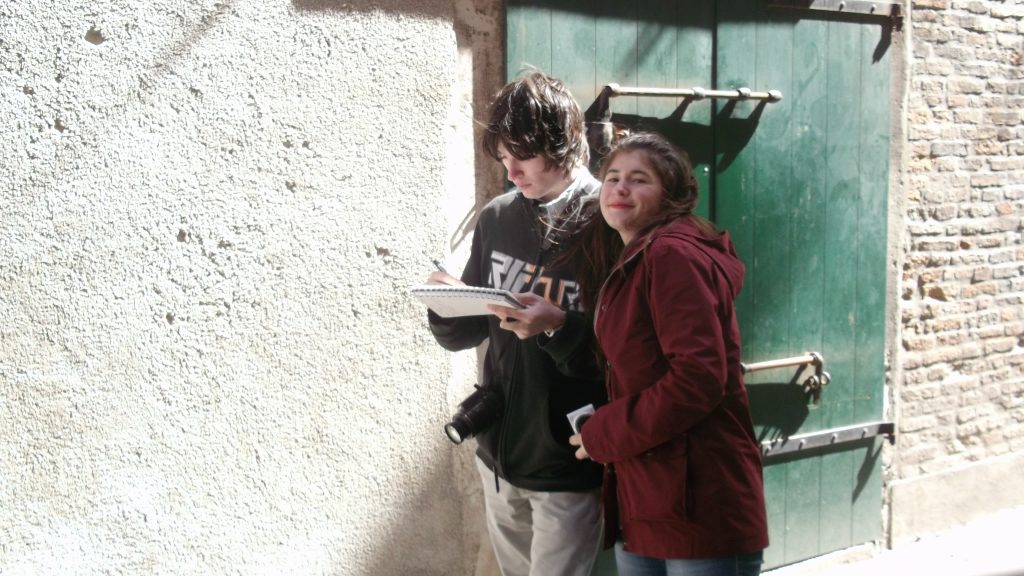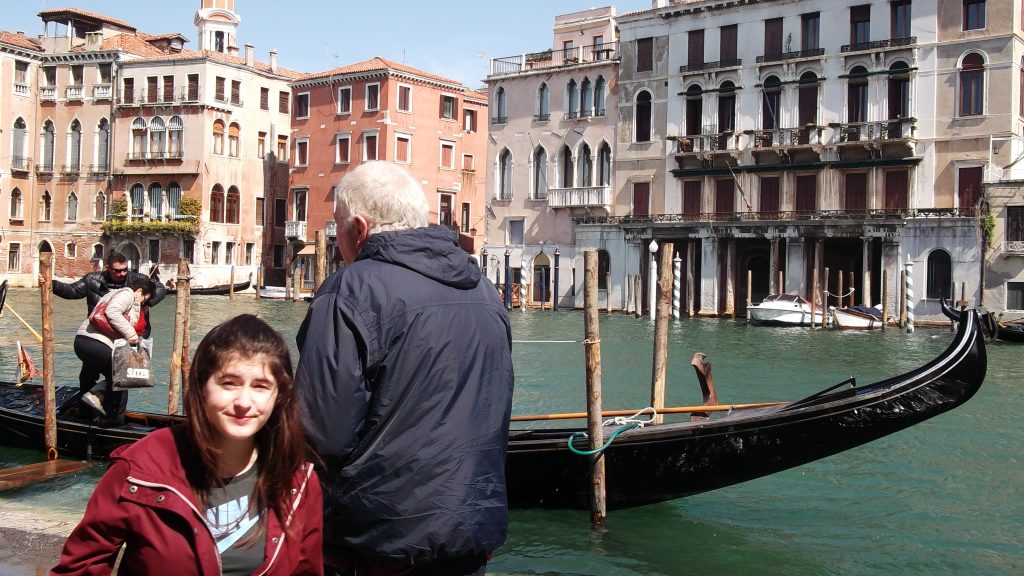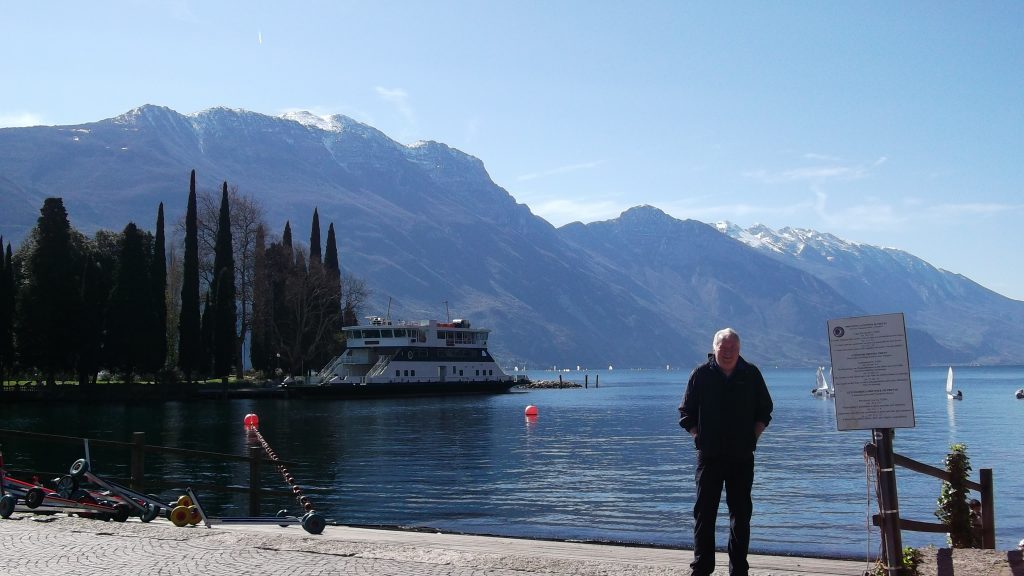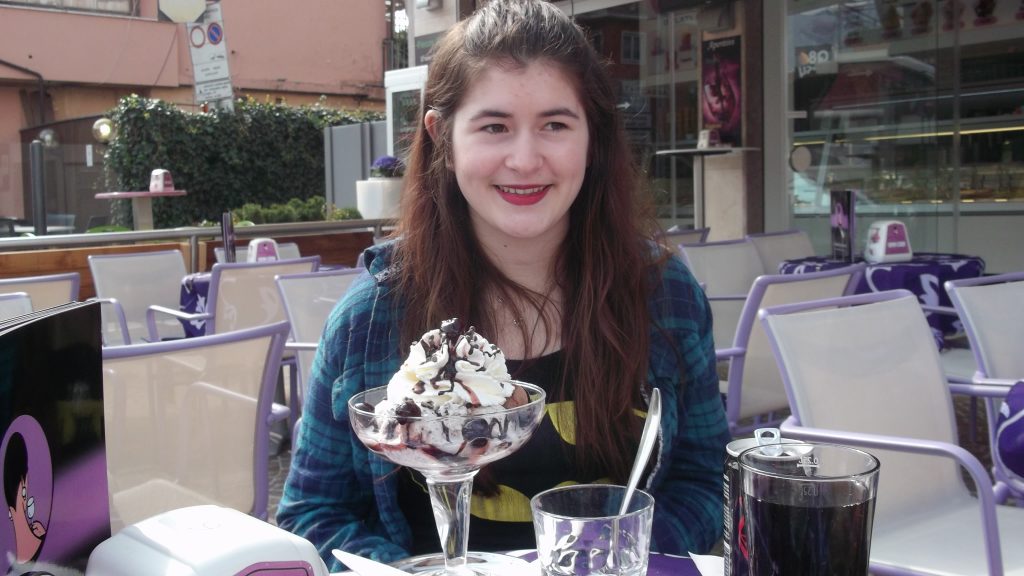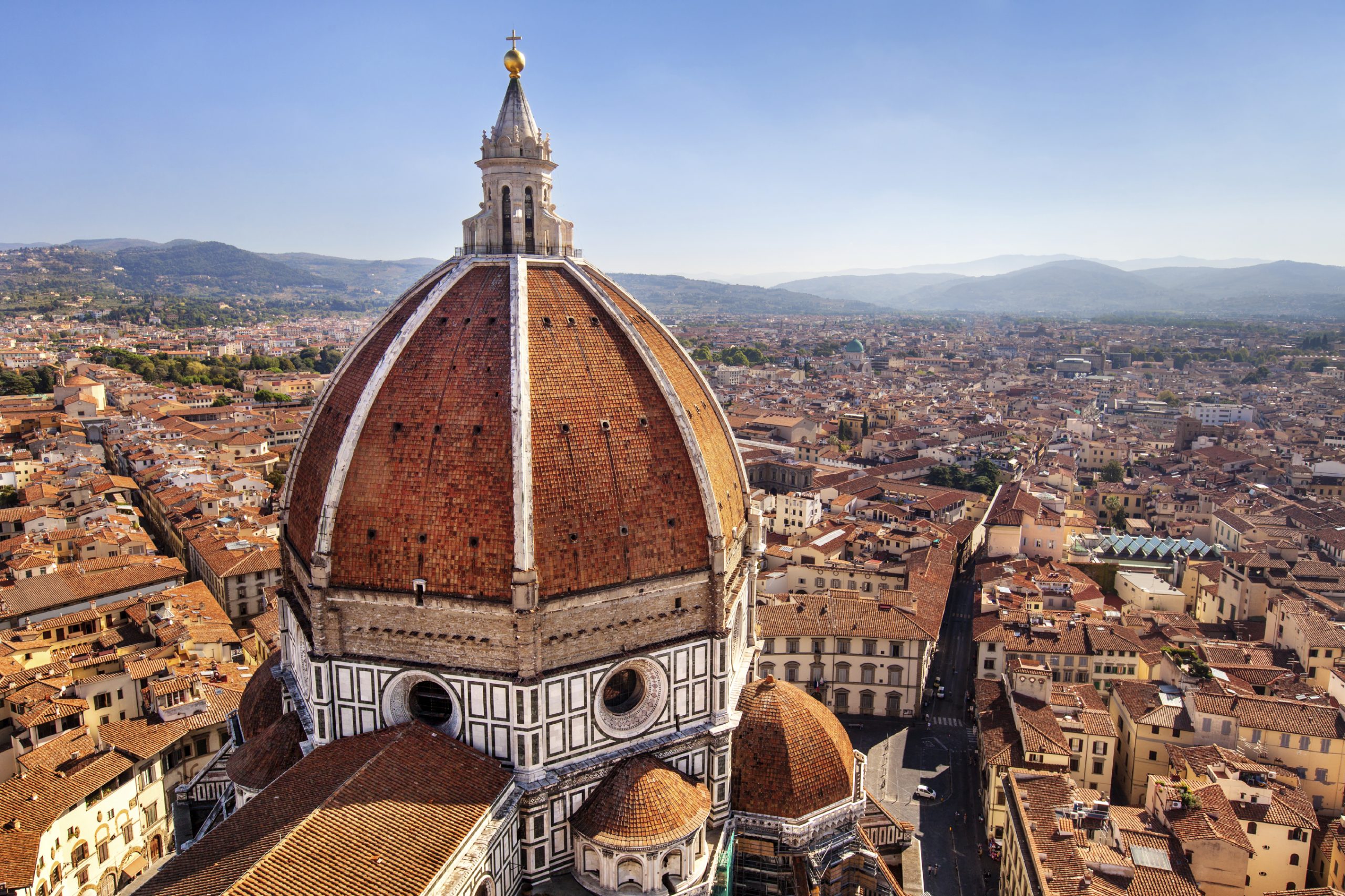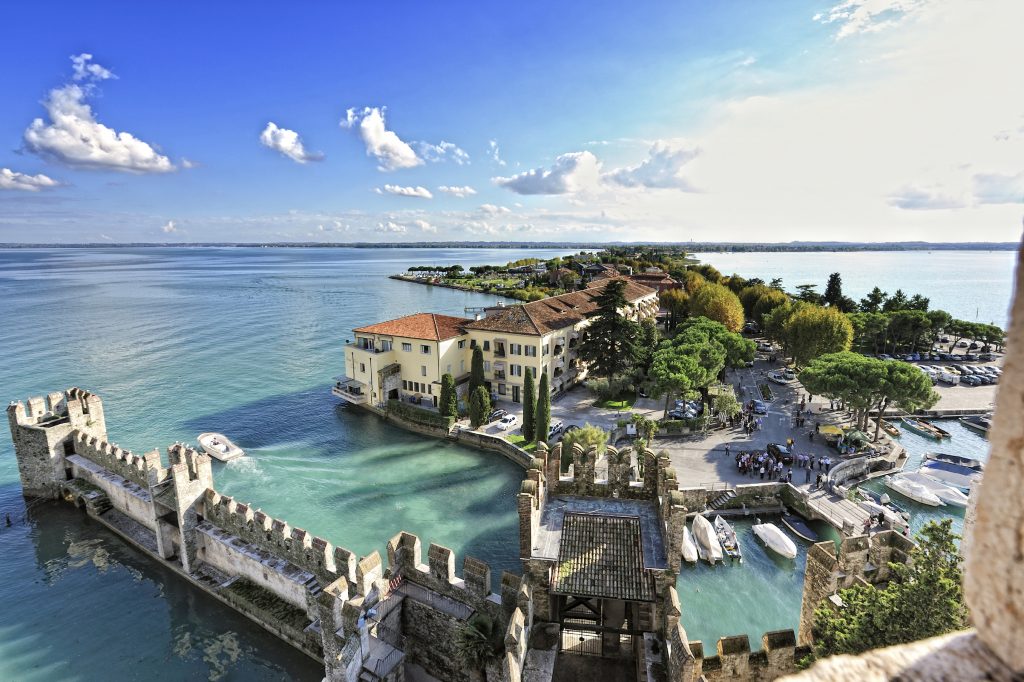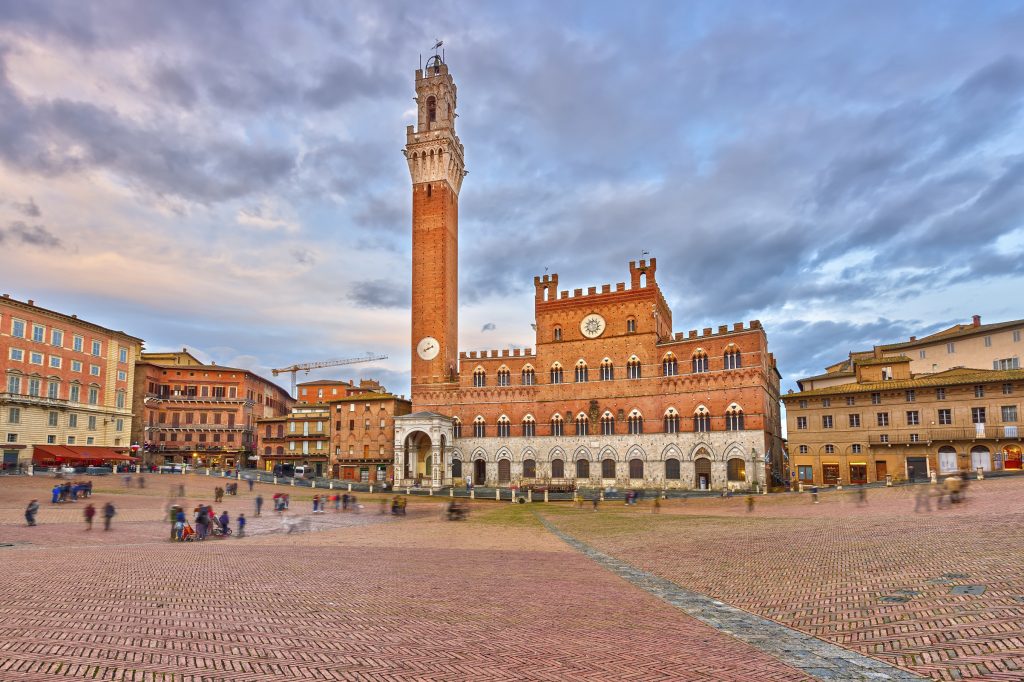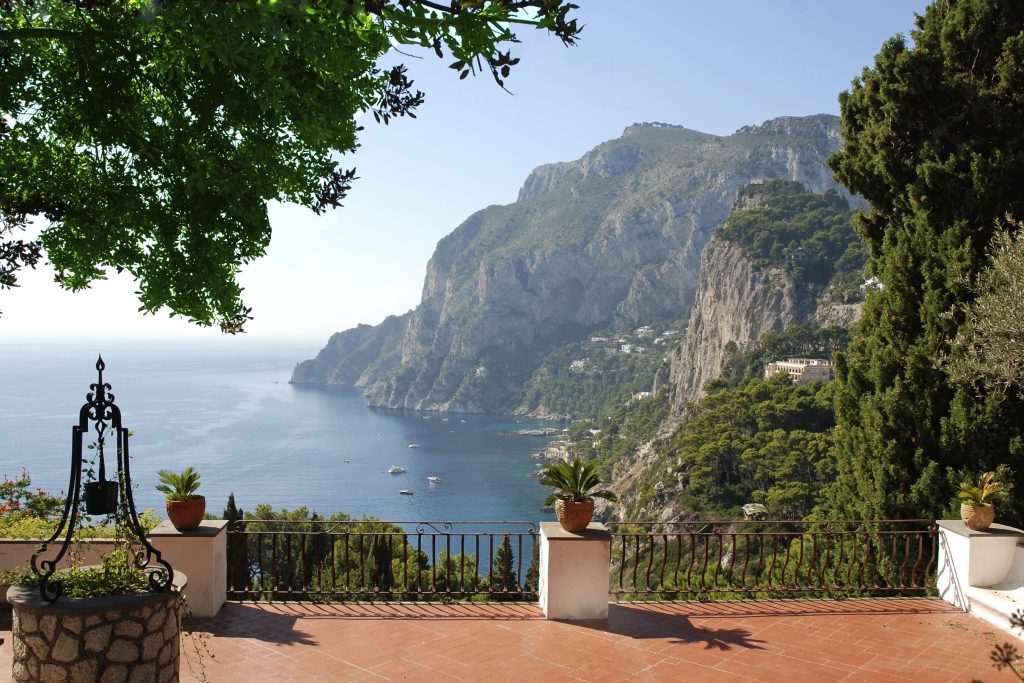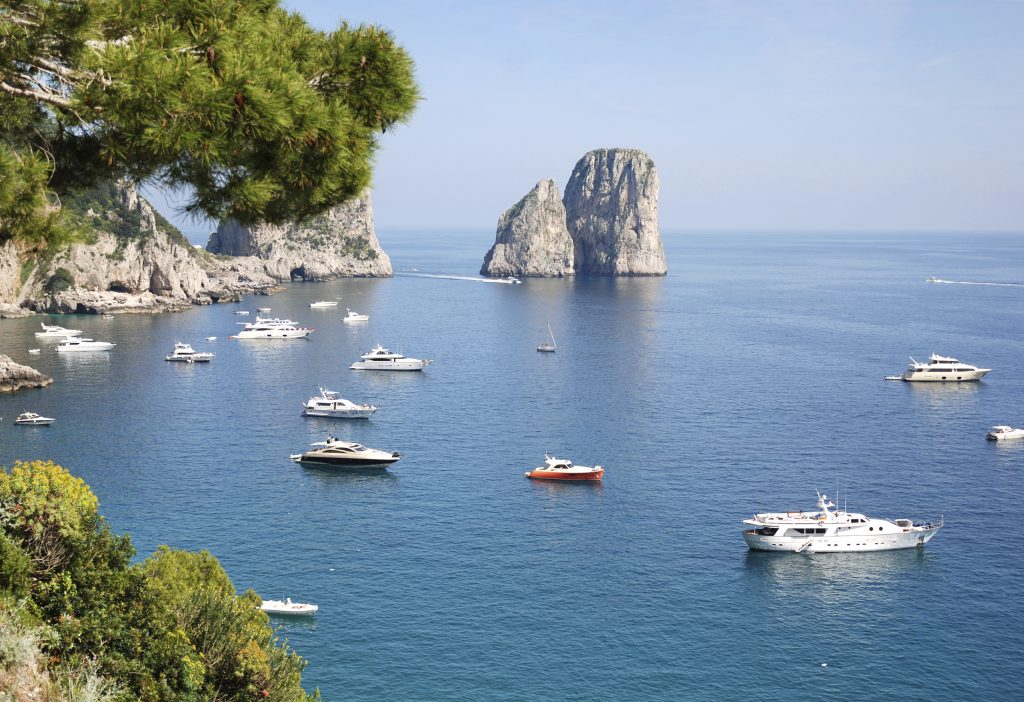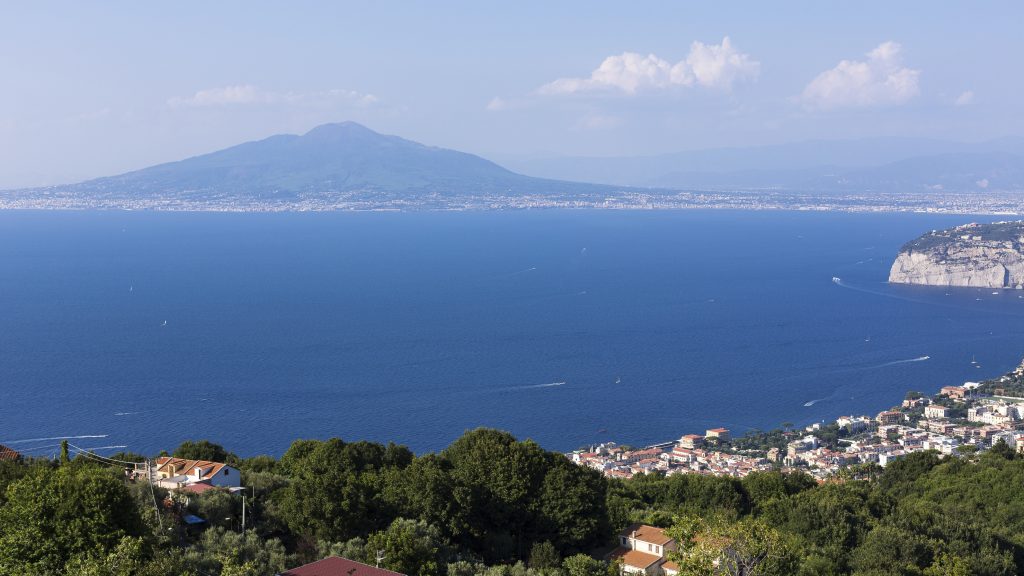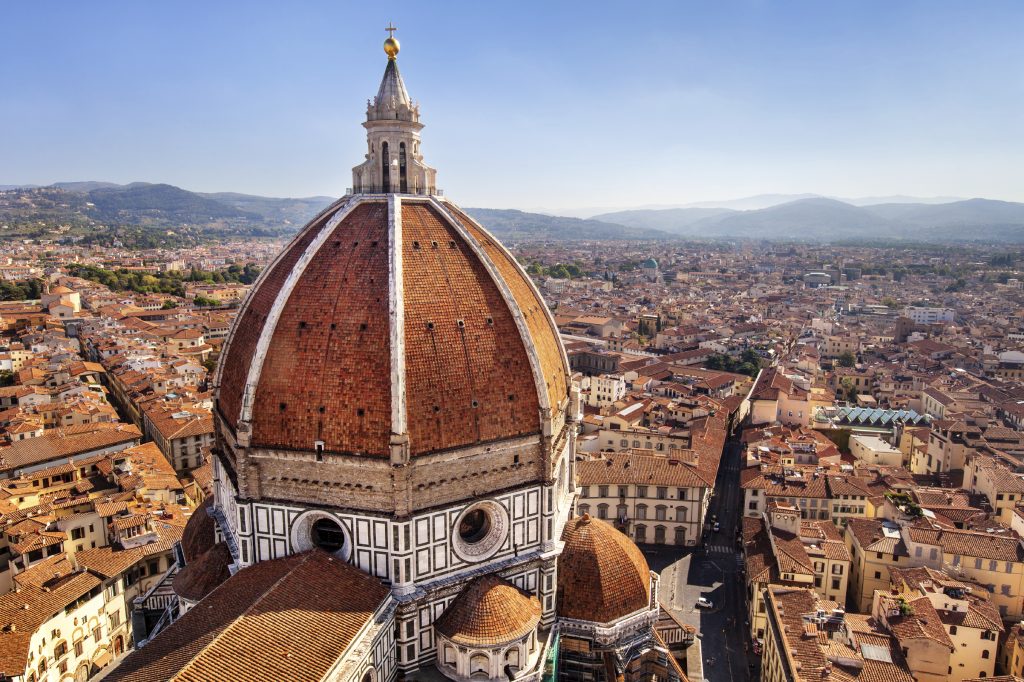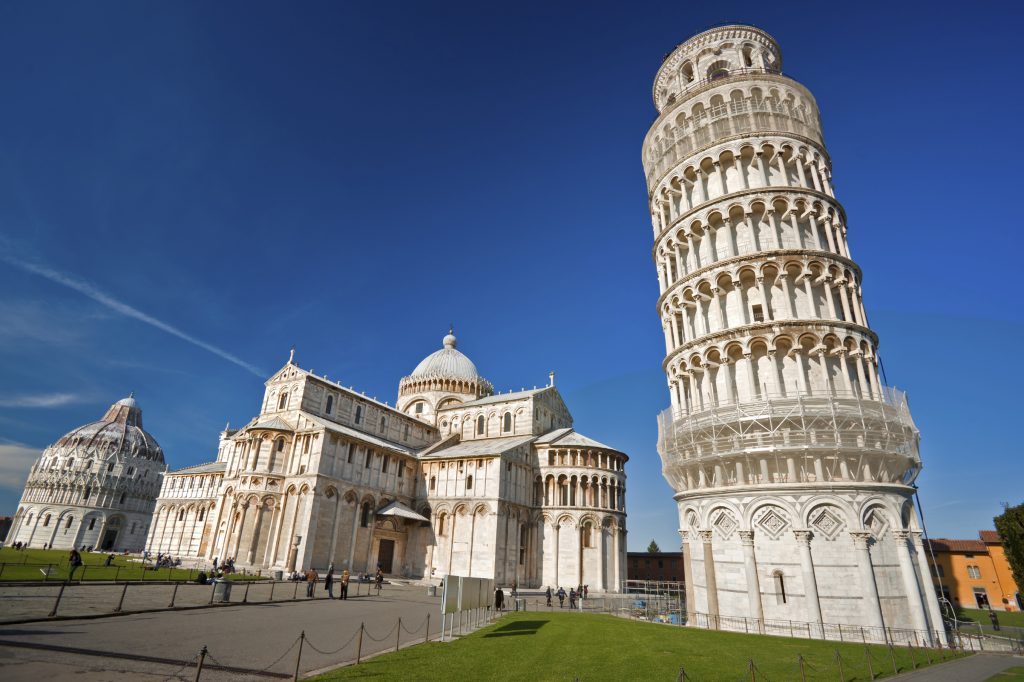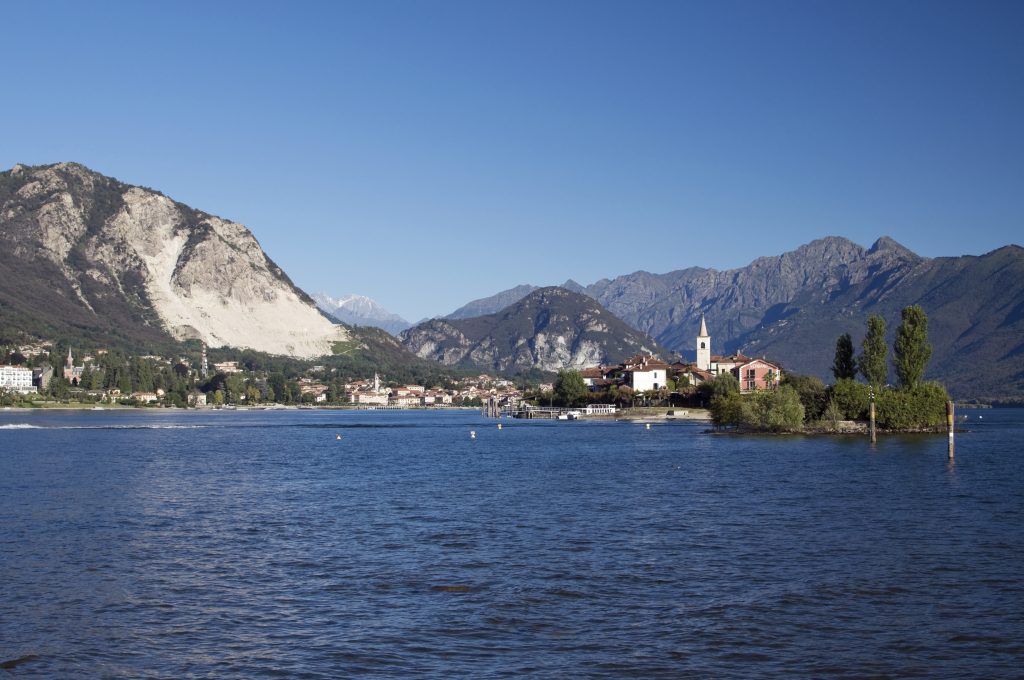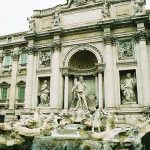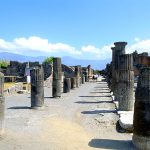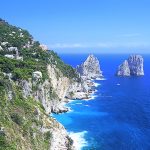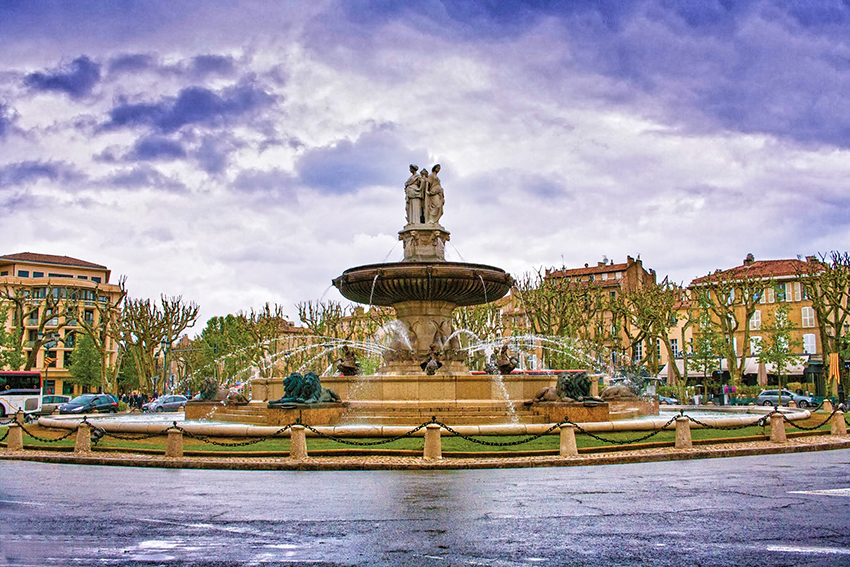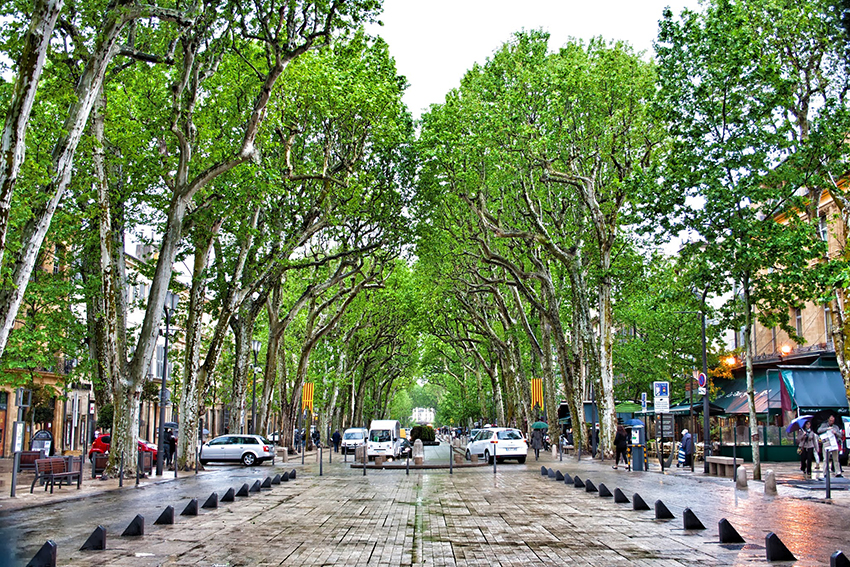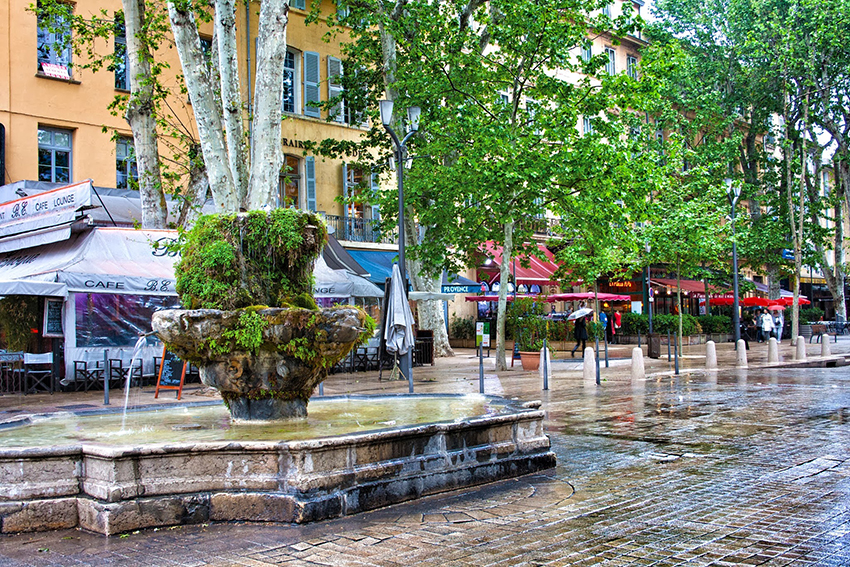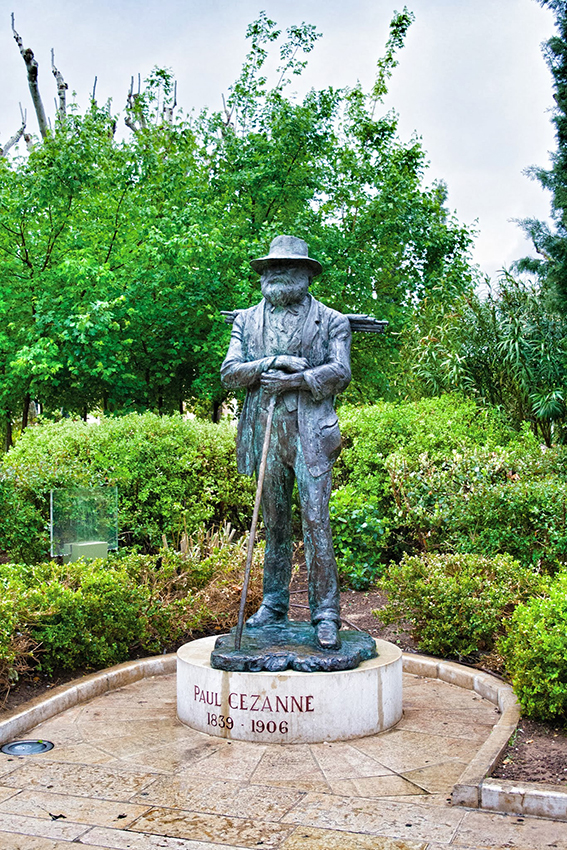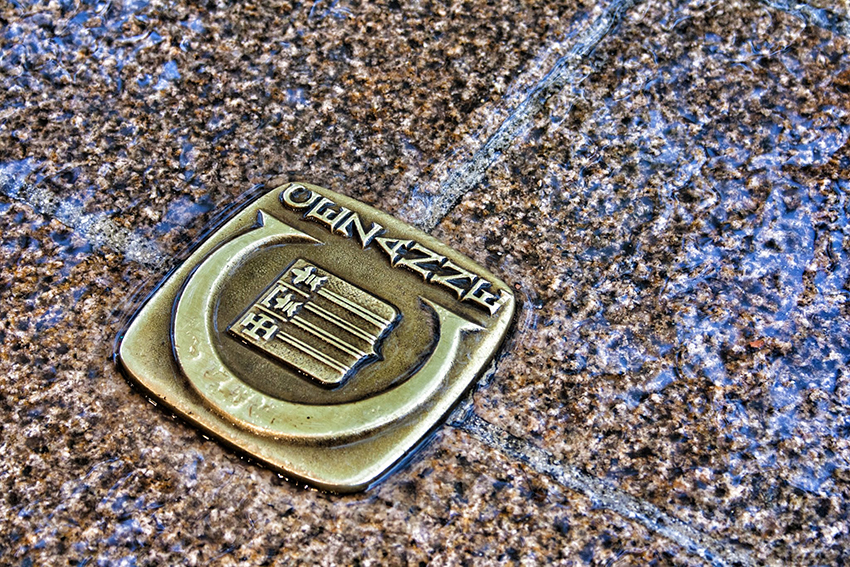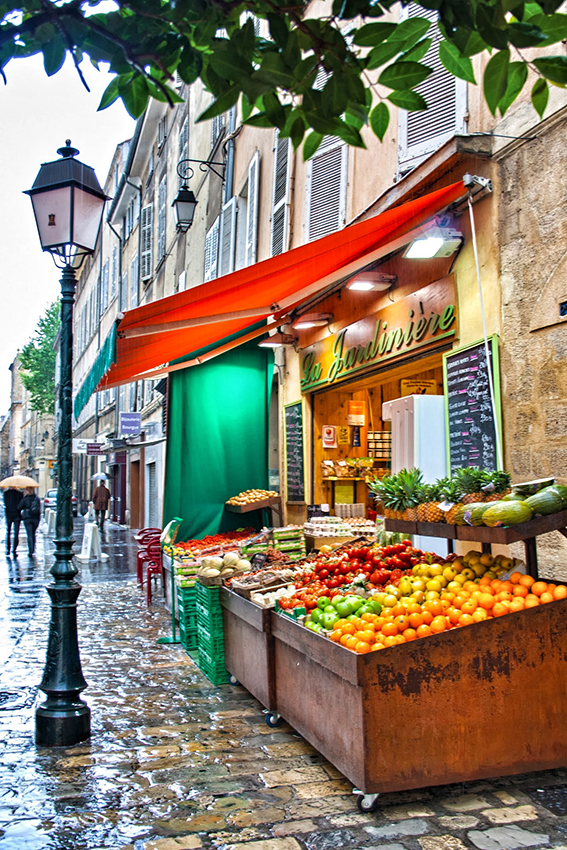Getting prepared for new battlefield experiences is all part of the work Battlefield Guides carry out in readiness for the tours we do for Leger Holidays.
When there are new tours we always go out on a Battlefield Recce to check the fine details and make sure it all runs smoothly for when we have the groups with us. It’s all part of the professionalism with which we all approach how we operate Leger Battlefield Tours.
I was recently in Germany on such a Battlefield Recce with fellow Battlefield Guides David McCormack and Bill McQuade for the new Peenemunde, Baltic Coast and Berlin tour, which has its first departures this summer. This promises to be an excellent tour looking at different aspects of Third Reich history from the ‘Strength through Joy’ site at Prora to the development of secret weapons at Peenemunde, which will include for the first time having access to the actual rocket test stands and launch sites.
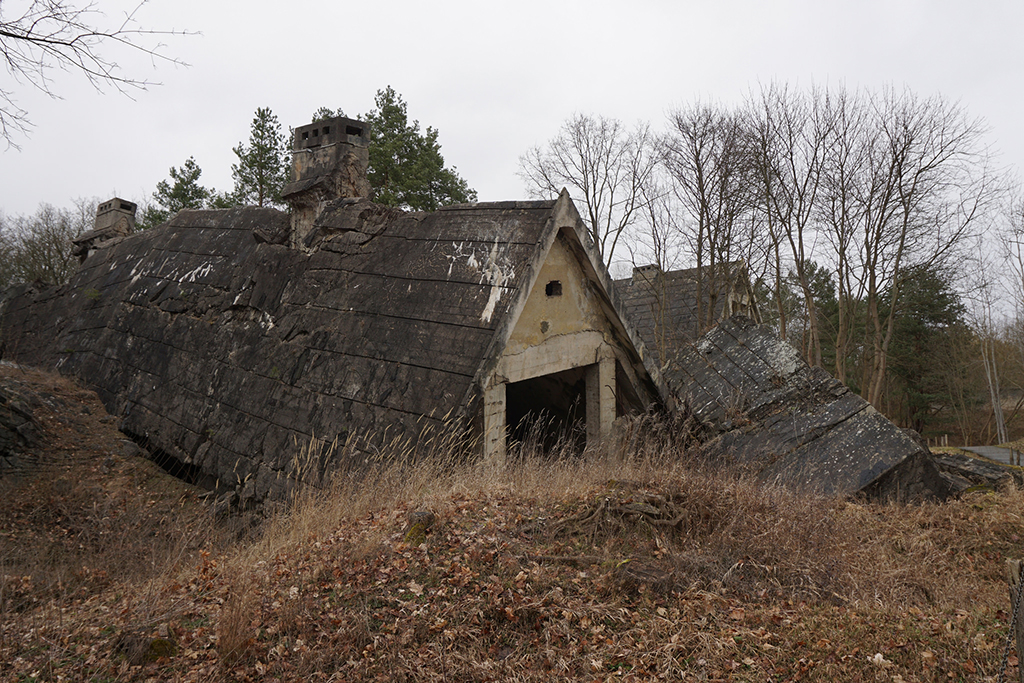
However, one of the highlights of this Recce was our visit to Zossen-Wünsdorf to the site of Oberkommando der Wehrmacht: the Headquarters of the German Wehrmacht. The Wehrmacht wasn’t just the German Army: it was the overall governing body of the Army (Heer), Airforce (Luftwaffe) and Navy (Kriegsmarine). All of these had personnel at Zossen in a massive series of underground bunkers and tunnels.
While some wartime planning was done here, it was in essence the wartime communications hub of the Wehrmacht, a site once buzzing with the orders, commands and information relating to every key battle in the war from Poland to Stalingrad to the final battles.

Zossen-Wünsdorf is a ‘book village’ where there are a large number of second-hand bookshops, and we started our tour there with the group that runs the bunker site. Our guide took us in through the main gate, dating from Cold War days, but which immediately put us into the heart of the above ground bunkers.
These all resemble houses as they were used to disguise the site as a residential area; in reality they were the way into the underground structures used by the various branches of the Wehrmacht. Some had been damaged in bombing but most had been blown by the Russians. They stand as decaying monuments to the failure of the Thousand Year Reich.
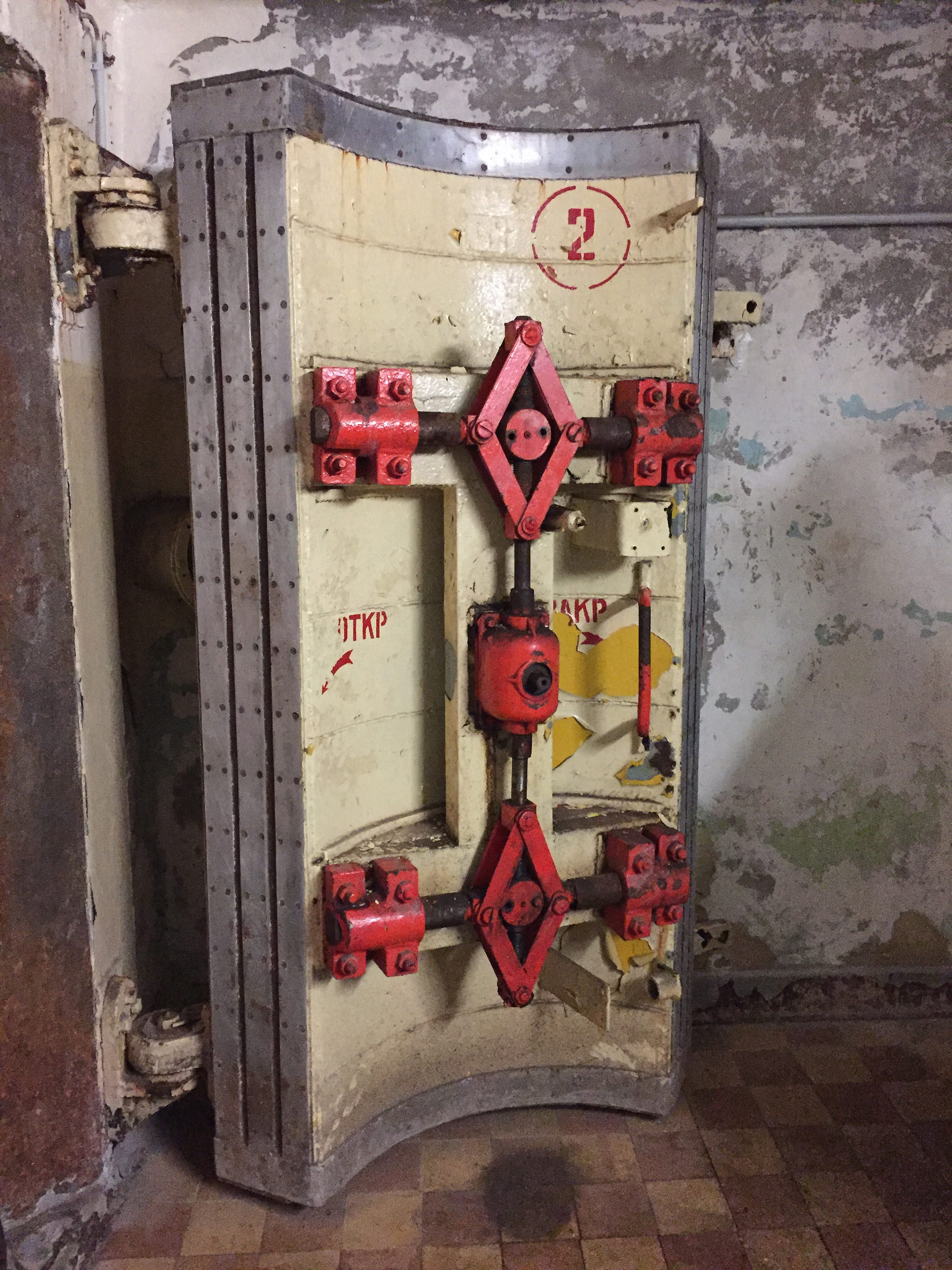
From here we went through the woods to the entrance of the main underground section. Initially we went through some Cold War period doors, which were amazing in their own right, and then into what was the entrance area during WW2.
It was very wide and when we questioned this, it was so that small vehicles such as Kubelwagens could drive in and enter the lift to take them to the lower levels. It was at this point we began to get an idea as to how big this site was!
From here we made our way through the tunnels, rooms and corridors. Because of occupation as a Soviet Airmobile Headquarters during the Cold War, the site is in very good condition and easy to access: it is fully lit and there are easily manageable stairs. No crawling through tunnels or roping down holes! Health and safety on these visits is something we do have to think about as Battlefield Guides!
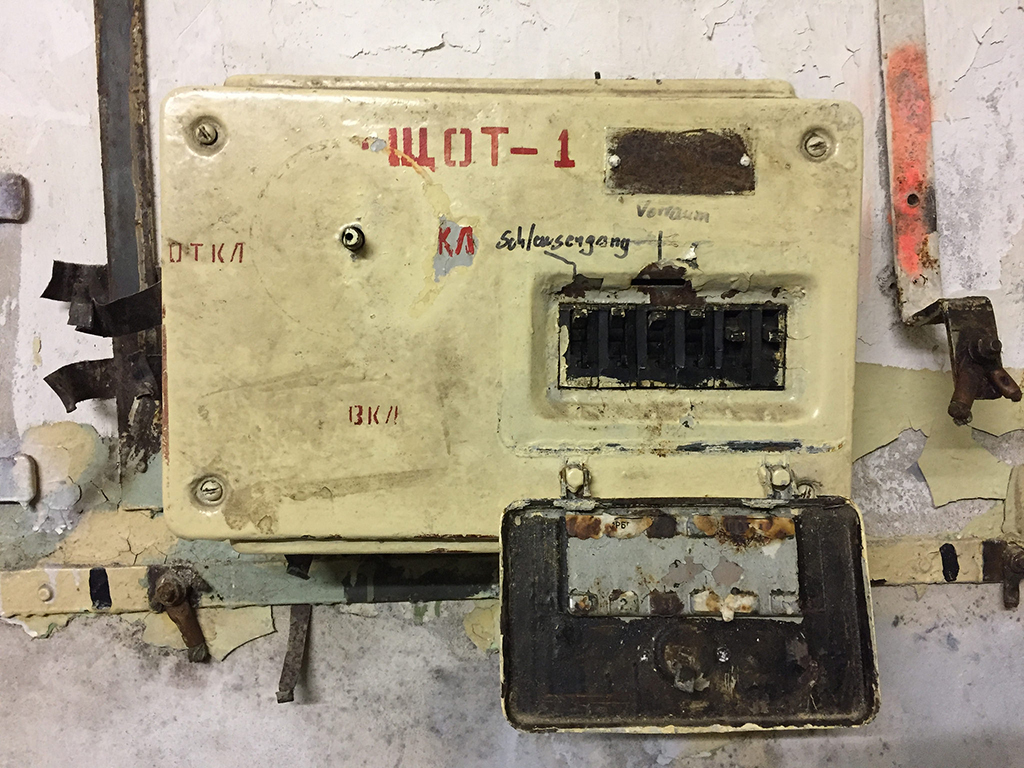
As we made our way through the bunker site we got some sense of the importance of it and also the scale, and just how modern it was. Having an integrated internal messaging system, it had the WW2 equivalent of email whereby everyone in the complex could message others through a message pod system powered by compressed air! Anyone in the complex could speak to any headquarters on any battlefield.
As you walk the corridors you just wonder what it must have been like when the surrender at Stalingrad came through or when it was clear the fronts in both East and West were collapsing.

Coming back outside from the Wehrmacht Bunker we realised we had been underground for well over an hour, seeing a site not normally open to the public because of the safety issues and which we know will fascinate those who travel with us on this new tour that focuses on many areas of WW2 history we have not been able to discuss in such depth before.
Never miss a post from Paul. Sign up to receive alerts.
Paul Reed, our Head Battlefield Guide, will publish regular blogs including personal stories, new tour updates and plenty of interesting and factual information about the Battlefields of Europe and beyond. Sign up below and receive email alerts keeping you up to date with Paul’s blogs.
[iframe src=”//wwwuk.msgapp.com/af2?LinkID=CH00096178eR00000060AD” width=”500″ height=”320″ frameborder=”0″]


